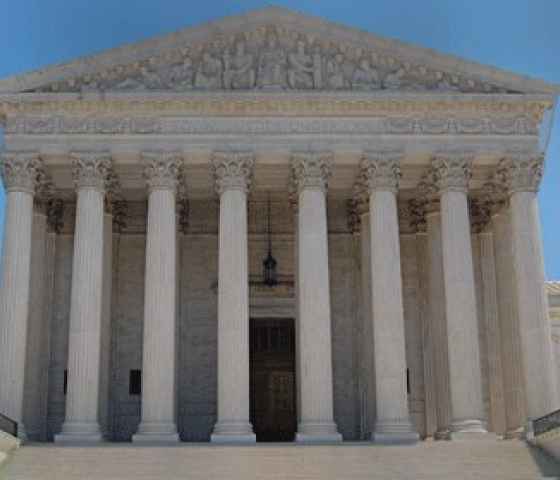The First Amendment protects your right to assemble and express your views through protest. However, police and other government officials are allowed to place certain narrow restrictions on the exercise of speech rights. Make sure you’re prepared by brushing up on your rights before heading out into the streets.
When Attending a Protest:
-
Your rights are strongest in what are known as “traditional public forums,” such as streets, sidewalks, and parks. You also likely have the right to speak out on other public property, like plazas in front of government buildings, as long as you are not blocking access to the government building or interfering with other purposes the property was designed for.
-
Private property owners can set rules for speech on their property. The government may not restrict your speech if it is taking place on your own property or with the consent of the property owner.
-
Counterprotesters also have free speech rights. Police must treat protesters and counterprotesters equally. Police are permitted to keep antagonistic groups separated but should allow them to be within sight and sound of one another.
-
When you are lawfully present in any public space, you have the right to photograph anything in plain view, including federal buildings and the police. On private property, the owner may set rules related to photography or video.
-
You don’t need a permit to march in the streets or on sidewalks, as long as marchers don’t obstruct car or pedestrian traffic. If you don't have a permit, police officers can ask you to move to the side of a street or sidewalk to let others pass or for safety reasons.
-
Fixed buffer zones pose serious First Amendment problems and should be permitted only in the most limited circumstances. Such geographical limitations on speech betray the values of the First Amendment, which permit—and require the government to tolerate—peaceful protest in public areas.
Do I need a permit to organize a protest?
- You don’t need a permit to march in the streets or on sidewalks, as long as marchers don’t obstruct car or pedestrian traffic. If you don't have a permit, police officers can ask you to move to the side of a street or sidewalk to let others pass or for safety reasons.
- Certain types of events may require permits. These include a march or parade that requires blocking traffic or street closure; a large rally requiring the use of sound amplifying devices; or a rally over a certain size at most parks or plazas.
- While certain permit procedures require submitting an application well in advance of the planned event, police can’t use those procedures to prevent a protest in response to breaking news events.
- Restrictions on the route of a march or sound equipment might violate the First Amendment if they are unnecessary for traffic control or public safety, or if they interfere significantly with effective communication to the intended audience.
- A permit cannot be denied because the event is controversial or will express unpopular views.
- If the permit regulations that apply to your protest require a fee for a permit, they should allow a waiver for those who cannot afford the charge.
If you feel your rights have been violated by police at a protest:
-
When you can, write down everything you remember, including the officers' badge and patrol car numbers and the agency they work for.
-
Get contact information for witnesses.
-
Take photographs of any injuries.
-
Once you have all of this information, you can file a written complaint with the agency's internal affairs division or civilian complaint board.
-
You can also submit a legal complaint on our website for review by our legal team.
What happens if the police issues an order to disperse the protest?
- Shutting down a protest through a dispersal order must be law enforcement’s last resort. Police may not break up a gathering unless there is a clear and present danger of riot, disorder, interference with traffic, or other immediate threat to public safety.
- If officers issue a dispersal order, they must provide a reasonable opportunity to comply, including sufficient time and a clear, unobstructed exit path.
- Individuals must receive clear and detailed notice of a dispersal order, including how much time they have to disperse, the consequences of failing to disperse, and what clear exit route they can follow, before they may be arrested or charged with any crime.
